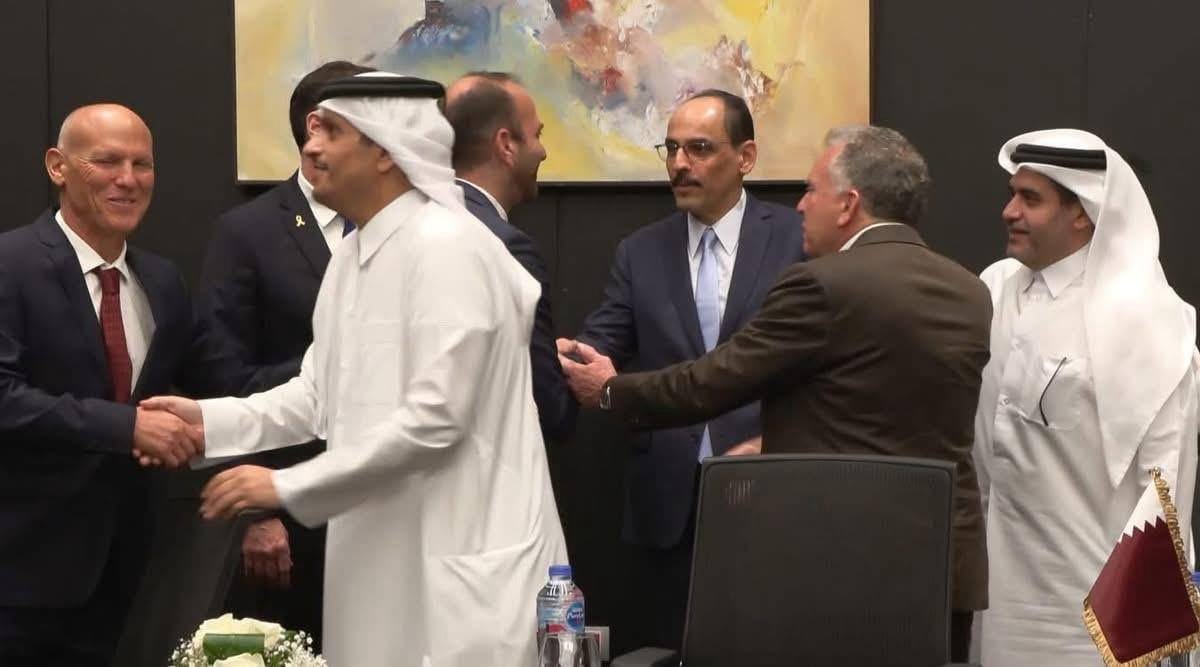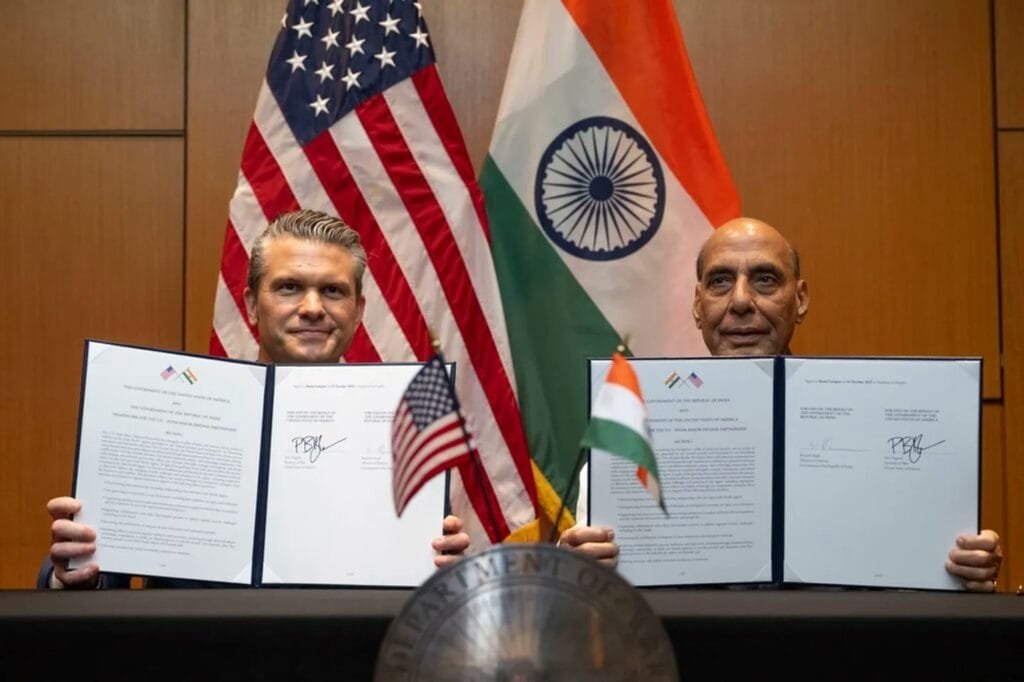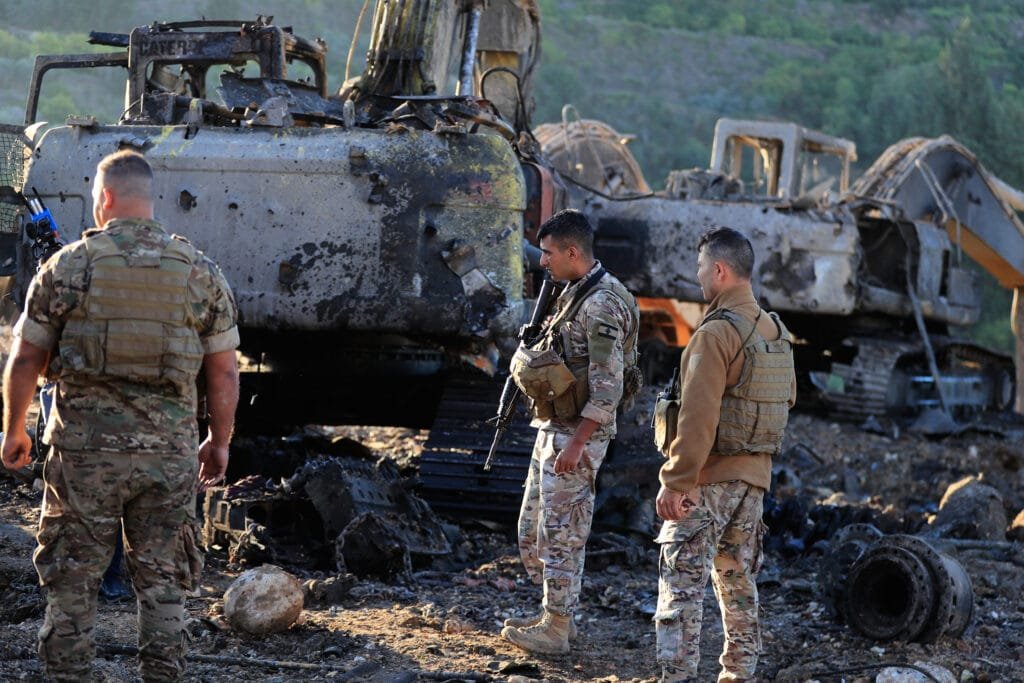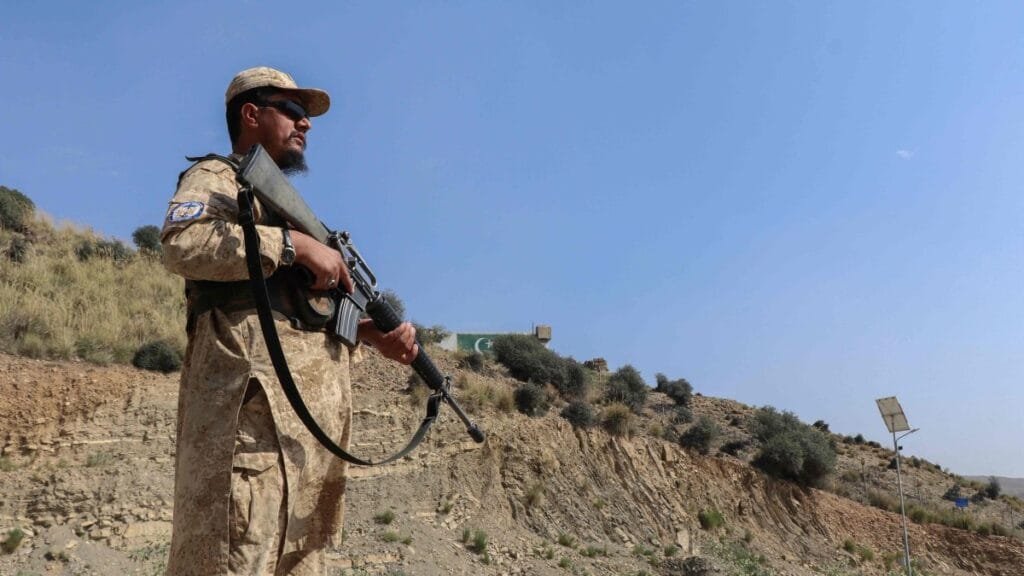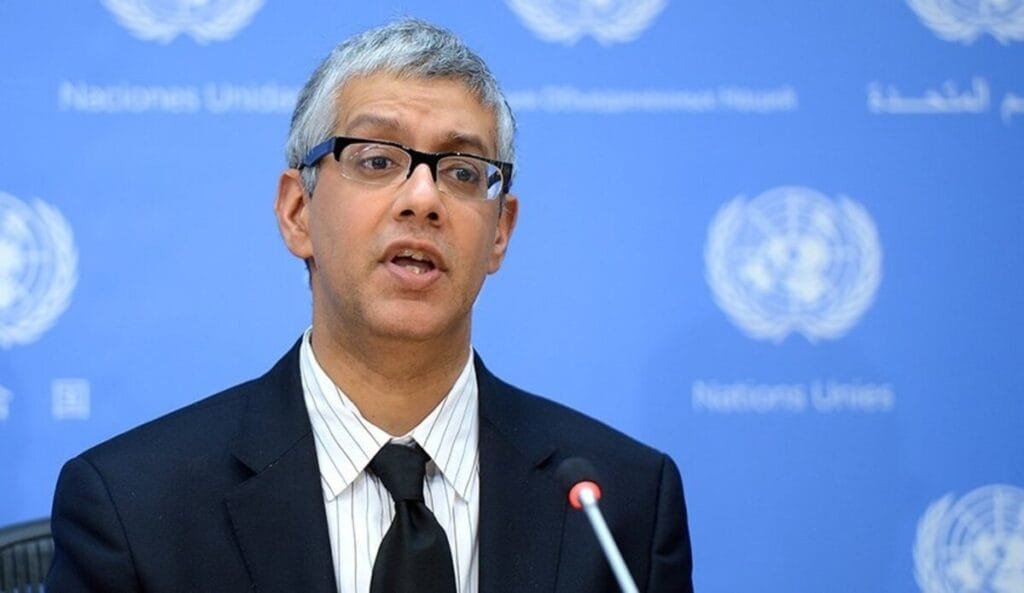Israel and Hamas have formally agreed to the first phase of Donald Trump’s Gaza ceasefire plan, under which Hamas would release all 20 living hostages in return for Palestinian prisoners, while Israel would pull back its troops to a mutually agreed line. The announcement came late on October 8, following indirect mediation talks in Egypt involving Qatar, Turkey and U.S. envoys.
President Trump declared on social media that “ALL of the Hostages will be released very soon,” and described the troop withdrawal as “the first steps toward a Strong, Durable, and Everlasting Peace.” Israeli Prime Minister Benjamin Netanyahu said he would convene his government to ratify the deal. Hamas confirmed the agreement, stating it includes both the withdrawal of Israeli forces and the prisoner-hostage exchange, and urged guarantor states to ensure Israel fully implements all provisions without delay.
The news triggered scenes of cautious celebration: families of hostages in Tel Aviv let off fireworks, while Palestinians in Gaza expressed relief that the bloodshed might pause. Despite the optimism, key elements needed fleshing out—such as the timing, mechanics of exchange, post-ceasefire security arrangements, and long-term governance of Gaza. Some observers cautioned that the agreement’s vagueness and history of previous failed deals leave it vulnerable to collapse.
The deal marks a rare diplomatic breakthrough in a war that has killed more than 67,000 Palestinians and severely degraded Gaza’s infrastructure. If fully carried out, it could be the most significant step toward ending hostilities since the conflict’s escalation—but its success now hinges on the fragile implementation and mutual trust in a region scarred by repeated ceasefire failures.

